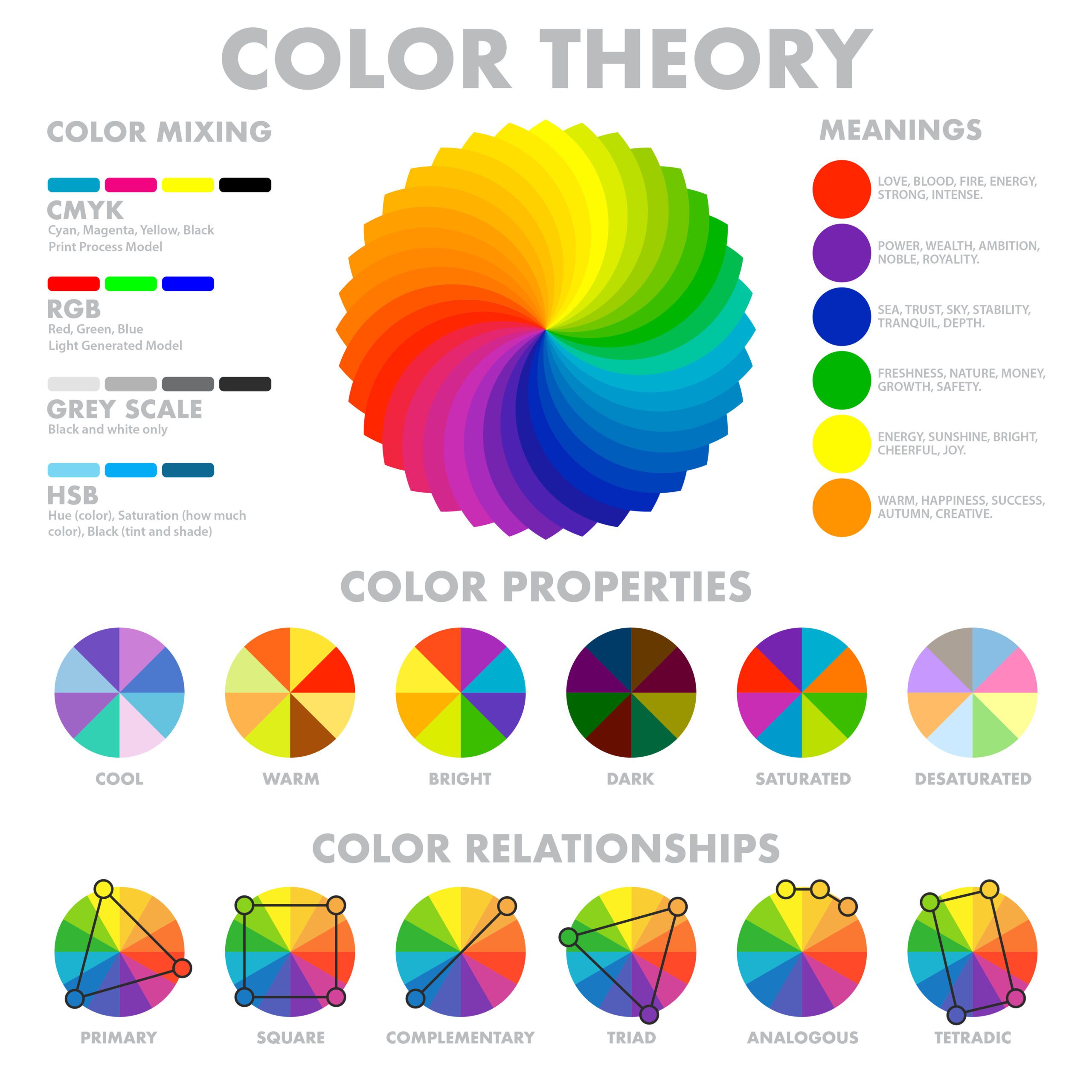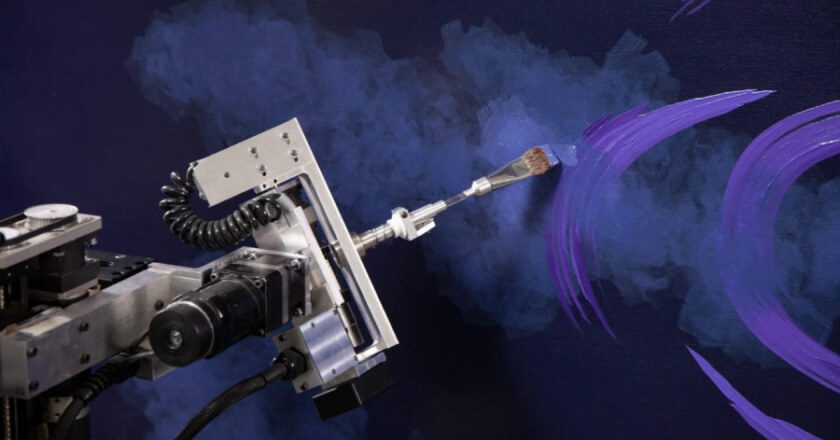Get Inspired
Build the life you love. Learn more about fusioneering:

Posted on June 11, 2024 in Painting for Beginners
When you look at a painting, what’s the first thing you see?
Color is one of the most powerful tools in an artist’s arsenal, capable of evoking emotion, setting the mood, and bringing a painting to life. But for beginners, navigating the vast spectrum of colors can be quite daunting. Fear not — we’re here to demystify the world of color theory and equip you with the knowledge and skills to confidently work with color in your paintings.
Related: Get Inspired with Dulcinea’s Gallery of Artwork
Color theory is a field of study that explores how colors interact with one another and how they can be used to create harmonious compositions. It delves into the principles of color mixing, the psychological effects of color, and the relationships between different hues on the color wheel. By understanding color theory and leveraging human associations with color, artists can strategically use colors to enhance the message or narrative of their paintings.
Related: Discover the Impressionists, Masters of Color and Emotion
Before diving into the practical aspects of color mixing and selection, let’s first explore the fundamentals of color theory. By understanding concepts such as hue, value, and saturation, you’ll gain insight into how colors behave and how they can be manipulated to achieve desired effects in your paintings
Related: Pros and Cons of Different Paint Types for Artists
One of the most valuable tools in a painter’s toolkit is the color wheel chart. This circular diagram organizes colors according to their relationships with one another, making it easier to identify complementary, analogous, and triadic color schemes. By familiarizing yourself with the color wheel you’ll gain a deeper understanding of color harmony and learn how to use it to your advantage when selecting colors for your paintings.
A color wheel consists of primary colors (red, blue, and yellow), secondary colors (orange, green, and purple), and tertiary colors (mixtures of primary and secondary colors), and rotates to illustrate relationships between different colors. Understanding these relationships allows artists to create visually pleasing compositions by selecting colors that complement or contrast with one another.
Color wheels are immensely helpful, especially to painting beginners, and can be purchased at any art or hobby supply store. As an alternative, a variety of free color wheel tools are available online.
When it comes to choosing colors for a painting, the possibilities are endless. However, by following a few simple guidelines, you can streamline the process and make more confident color choices.
Deep Dive: Explore Paul & Dulcinea’s Use of Color in Capriccio
Once you’ve selected your colors, it’s time to experiment with color mixing. Mixing colors allows you to create a wide range of hues, tints, and shades, giving you greater flexibility and control over your palette. Start by mixing primary colors to create secondary colors, then experiment with adding white or black to adjust the value and intensity of your colors. Don’t let fear hold you back — working with color is all about experimentation and trying out different things!
Paint with Purpose: 7 Basic Paintbrush Techniques
Now that you’re experimenting with color theory, the world of painting is wide open to you. As you hone your skills, remember to keep an open mind, and soon enough, every stroke of your brush will lay down new vibrancy and meaning onto your canvas. So go ahead — unleash your creativity and let the colors on your palette tell your unique artistic story. With practice and patience, you’ll soon discover the transformative power of color in painting.
Looking for more painting knowledge, inspirational material, and stunning artistic visions? We have everything needed for inspiration on the Kirby Foundation Instagram, Facebook, and Pinterest pages, and all our newest material can be tracked with our newsletter. Let’s make something great together!
Are you interested in hearing the complete story of Paul and Dulcinea? Watch the video (nominated for Best Short Film at the 2021 Vail and Portland Film Festivals) for more info.
Want to be the first to know about every exciting new project at the Kirby Foundation?
Join Our Mailing ListBuild the life you love. Learn more about fusioneering:
Why pick which passion you should follow? Fusioneering allows you to cultivate many interests into something innovative and revolutionary.

Meet Paul and explore how blending your interests can empower you to follow your enthusiasm and bring your passions to life.